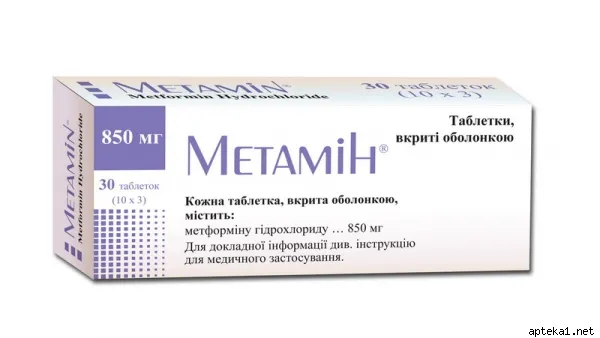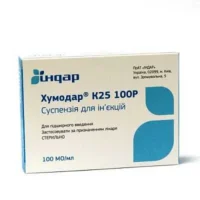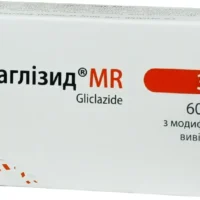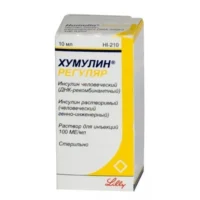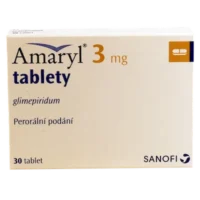Description
Metamin (Metformin Hydrochloride) Coated Tablets 850 mg. №30
Ingredients:
- Each coated tablet contains 850 mg of metformin hydrochloride.
Dosage:
- The usual starting dose is one tablet taken by mouth daily with food. Dosage may vary based on individual needs and response.
Indications:
- Metamin tablets are indicated for the management of type 2 diabetes mellitus. It helps control blood sugar levels and may prevent complications of diabetes.
Contraindications:
- Do not use Metamin if you have severe kidney disease or metabolic acidosis. Consult your healthcare provider before starting this medication.
Directions:
- Swallow the tablet whole with a glass of water. Do not crush or chew the tablet. Follow your doctor’s instructions carefully.
Scientific Evidence:
- Metformin, the active ingredient in Metamin tablets, works by decreasing glucose production in the liver and improving insulin sensitivity in the body’s tissues. This helps lower blood sugar levels and improves the body’s response to insulin.
- Several studies have shown the effectiveness of metformin in managing type 2 diabetes. A study published in the American Diabetes Association journal demonstrated that metformin reduced the risk of diabetes-related complications and mortality compared to other diabetes medications.
Additional Information:
- It is important to monitor your blood sugar levels regularly while taking Metamin tablets. Inform your doctor of any changes in your health status or if you experience any side effects.
- Avoid excessive alcohol consumption while on metformin therapy as it may increase the risk of lactic acidosis. Always carry a source of sugar with you in case of low blood sugar episodes.

